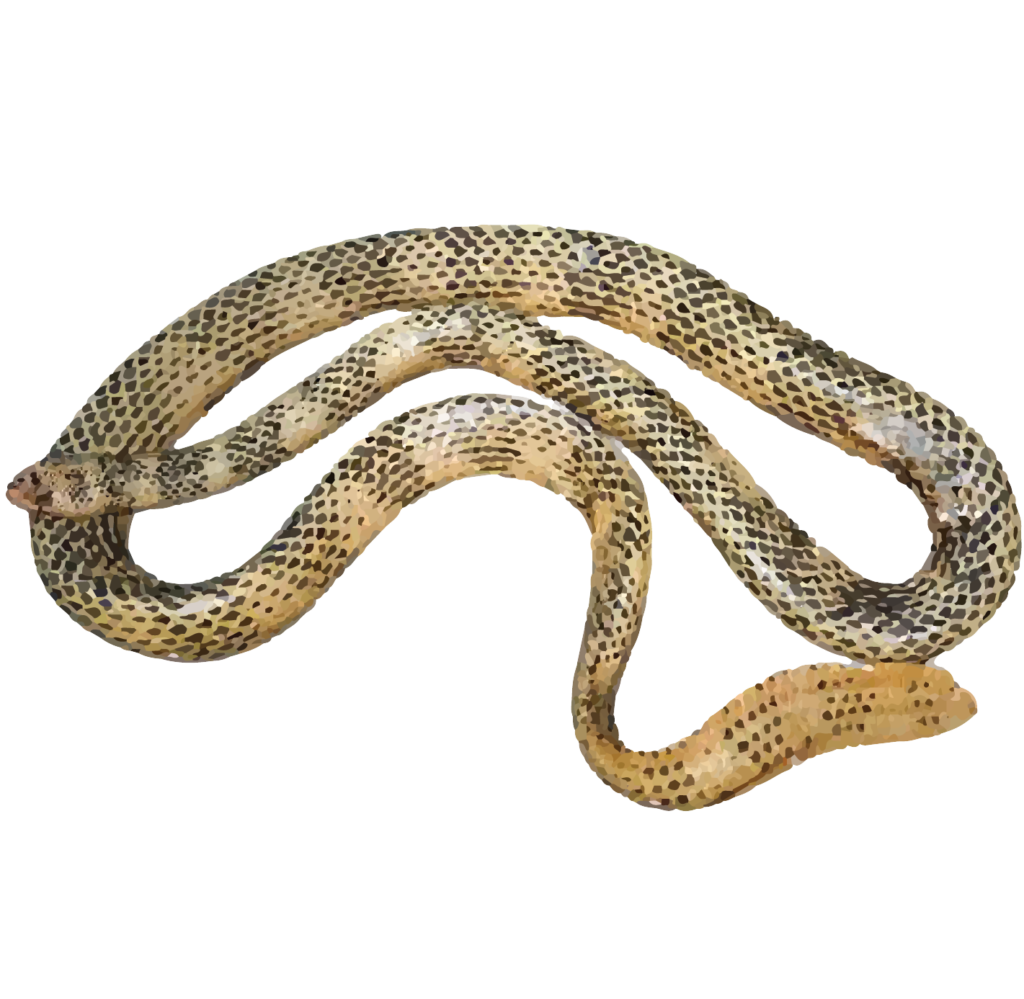Dubois Sea Snake (Aipysurus duboisii)

- Habitat: Coral reef flats, sandy and silty sediments which contain seaweeds, invertebrates and corals or sponges.
- Distribution: Tropical waters of India.
- Diet: Eels and fish.
- Size: 0.8 to 1.5 metres
Dubois’ Sea Snake (Aipysurus duboisii) is one of the most venomous sea snakes found in the warm coastal waters of the Indo-Pacific region. It is named after the French naturalist Charles Frédéric Dubois. Here are some key details about this species:
Physical Description:
- Appearance: Dubois’ Sea Snake has a robust, elongated body with smooth scales. Its coloration ranges from light brown to dark brown or gray, often with darker crossbands or blotches along its body.
- Size: Adults typically measure between 0.8 to 1.5 meters (2.6 to 5 feet) in length.
- Tail: The tail is laterally flattened and paddle-shaped, aiding in swimming.
Habitat:
- Geographical Range: Dubois’ Sea Snake is found in the coastal waters of the Indo-Pacific region, particularly around northern Australia, Papua New Guinea, and parts of Southeast Asia.
- Preferred Habitat: It inhabits coral reefs, rocky shores, and sandy bottoms, typically found in shallow waters up to 20 meters deep.
Conservation:
- Status: Dubois’ Sea Snake is not currently considered endangered and is classified as Least Concern by the IUCN. However, it faces threats from habitat destruction, pollution, and accidental capture in fishing nets.
- Protection: Conservation efforts focus on habitat preservation, reducing bycatch, and educating the public about the ecological importance of sea snakes.
Importance:
- Ecological Role: Dubois’ Sea Snake plays a crucial role in coral reef ecosystems by controlling populations of fish and eels, thus maintaining the balance within the marine environment.
- Human Interaction: While its venom is highly toxic, bites to humans are rare and typically occur when the snake is handled or accidentally caught in fishing gear. Its generally docile nature means it poses little threat to divers who respect its space.
